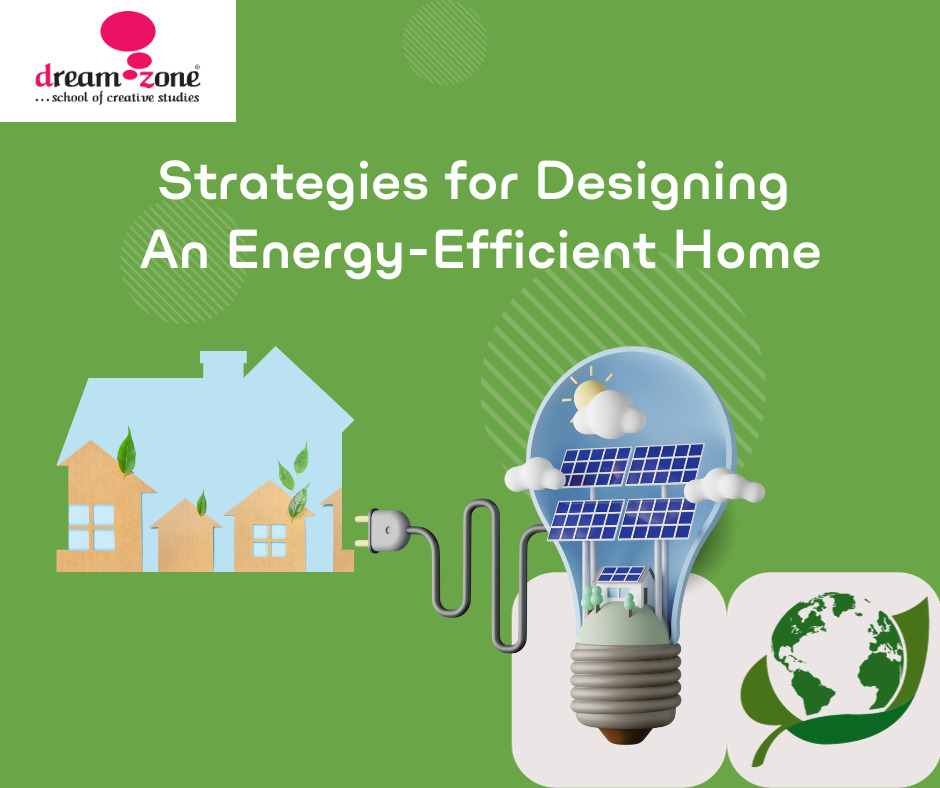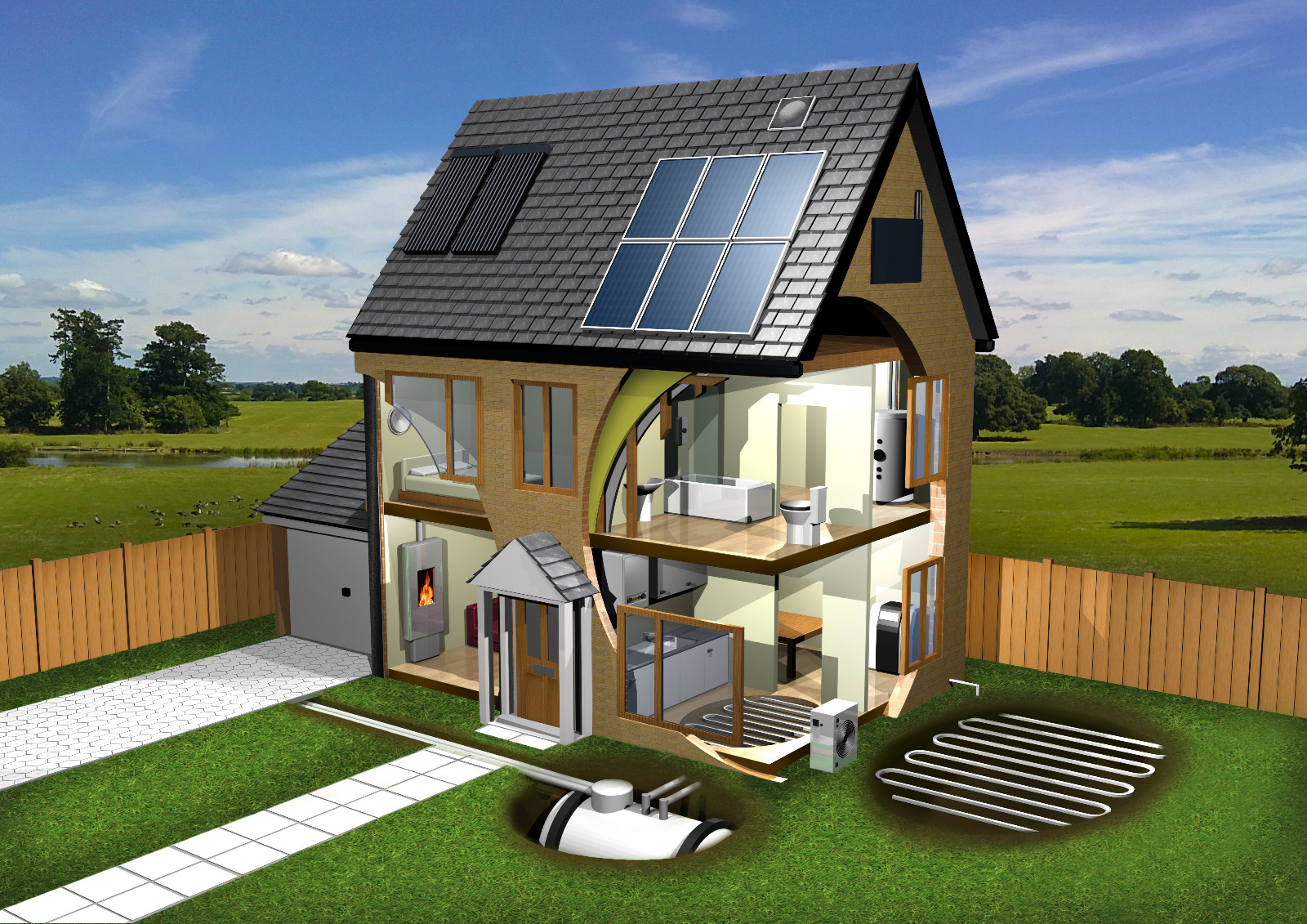Designing an energy-efficient home has become the need of the hour with the rise in environmental setbacks. One of the fastest interior design trends that is gaining momentum is to design a home that can reduce its environmental impact while minimizing cost and money. Sustainable interior design is all about designing a space that not only looks great but is also great for the planet. Designing for a greener future can have a long-lasting impact on homes and the environment.
Whether you have to design a plan for building a new energy-efficient home or renovate an existing one, using energy-efficient strategies should be your primary objective as an interior designer.
In this blog, let’s understand the importance of creating homes with an environment-friendly interior design. Let’s also explore key strategies for designing an energy-efficient home and master some critical interior design tips to design a sustainable home.
Choose quality insulation
Ensure that the building is carefully insulated with spray foams. This will provide superior energy efficiency. Keeping insulation and energy-efficient windows in mind while designing a home can help in the reducing energy bills and protect the environment. The use of insulated glass windows can reflect infrared light away from the home while ensuring the natural light seeps in. This will ensure that the warm air is inside during the winter and outside during the summer, leading to low energy bills.
Use natural light
One of the key ways to reduce energy is to use natural light to the maximum. When designing a home, strategically placed skylights, windows, and other openings. This can reduce the need for artificial lights, minimizing electric bills in the long run. Another interior design tip is to use reflective materials on ceilings and walls to maximize the natural light in a home. This will make the living space comfortable and inviting while reducing the use of energy. If you are not able to get enough light into the home, you can opt for one or two solar tubes. These sunlight-collecting tubes can bring sunlight into the living space and reduce the requirement for electronic lights.
Switch to energy-efficient lighting
When designing spaces that require lighting, suggest LED blubs as they use 75% less energy than traditional incandescent bulbs. These bulbs can also last up to 25 times longer. Another way to reduce the use of artificial lights is to look for ways to incorporate natural light into the home design. This can not only result in more savings but also create a bright living atmosphere in the home.
Opt for energy-efficient appliances
Install LED light bulbs, heat pump, HVAC systems, and tankless water heaters. Such appliances are convenient and energy efficient. An easy-to-program thermostat will also come in handy, as it can reduce energy consumption with its temperature preferences.
Use green materials
Find materials that are made from sustainable sources. Opt for materials like bamboo, linoleum, and cork. Not only will you be ensuring energy efficiency, but you will also be reducing your carbon footprint. Another smart way to extract clean energy into the home would be to use solar panels, as they can reduce electric bills to a vast extent.
Make the home airtight
Installing a high-efficiency furnace along with sealed ductwork can ensure that there is no air leakage. This will reduce the heating or cooling, resulting in reduced energy bills. A clever way to stop conditioned air from escaping would be to install weather stripping around doors, windows, and other openings. A heat recovery ventilator can also help in minimizing air leakage while ensuring the entry of fresh air.
Use high-quality windows and doors
Look for models of doors and windows that are specially designed to keep the heat in during the winter and out during the hot months. Installing low-E windows or insulated windows is best for an energy-efficient home as it allows the natural light to flow in. High-quality doors can stop air leakage from entering or exiting the home. Choose models with weather stripping and tight seals for maximum efficiency. You can also add storm windows or exterior shutters into the design to prevent air leakage.
As an interior designer, signing up for an interior design course can help you understand more about creating sustainable homes and help you design an energy-efficient home. Right from understanding critical design principles to integrating renewable energy systems, an interior design certification can help you achieve this. In our course, you will learn how to balance style with functionality and eco-friendliness.
Energy efficiency is an important part of creating a sustainable home. To learn more about energy-saving strategies, it is best to sign up for a handful of interior design courses from DreamZone. From giving you in-depth information on the latest interior design trends and covering easy-to-apply interior design tips, the course is a must-have for beginners as well as designers looking to advance their careers.
If you are looking for interior design for beginners, we are your best bet as we cover everything under our courses, be it short interior design certifications, interior design diplomas, or even a master’s diploma in interior design.
Sign up today for an interior design course and start designing homes that are energy efficient.


